15 Animals That Went Extinct in the Last Decade
In the last ten years, at least 15 species have officially checked out, never to be seen again. It’s ironic to think how these creatures once roamed the planet with us, but now, they’re just part of history. These names are worth remembering.
Bramble Cay Melomys

Credit: flickr
The Bramble Cay Melomys was a tiny rodent with a big problem: rising sea levels. This little guy was the first mammal officially declared extinct due to climate change. Its home was swallowed by the ocean, wiping out its food and shelter. Scientists tried to save it, but by the time they searched, it was too late.
Bridled White-eye
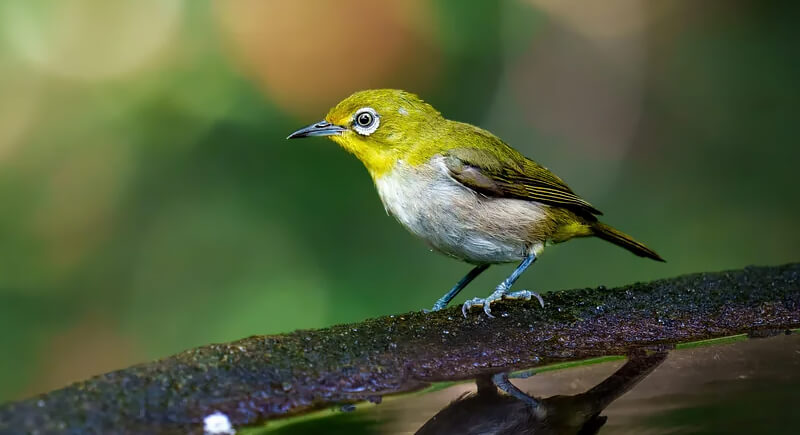
Credit: Reddit
This tiny songbird was beloved for its bright yellow-green feathers and distinctive white eye-ring. It was a social bird, but despite its cheerful nature, it had no defense against an unexpected invader—the brown tree snake. These predators arrived in Guam after World War II, multiplying rapidly and wiping out the island’s bird population.
Northern White Rhinoceros
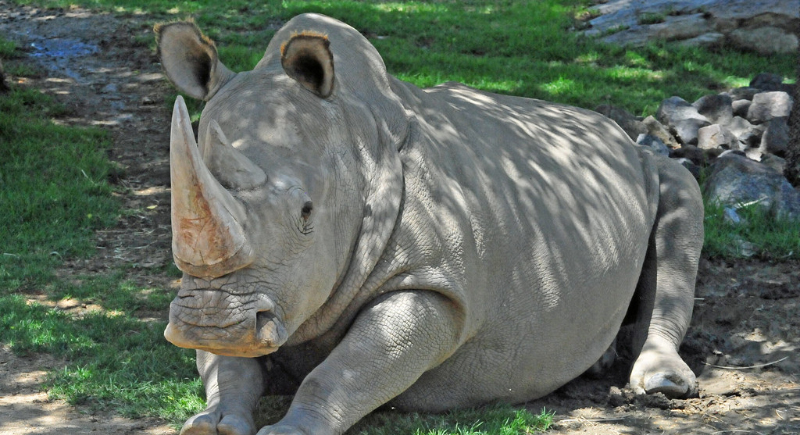
Credit: flickr
The Northern White Rhino was one of the most iconic species on the brink, with the last male, Sudan, passing away in 2018 and two females remaining in captivity. Poaching and habitat destruction wiped out this subspecies of rhino. Scientists are working on using in-vitro fertilization to bring them back, but it’s a long shot.
Poʻouli
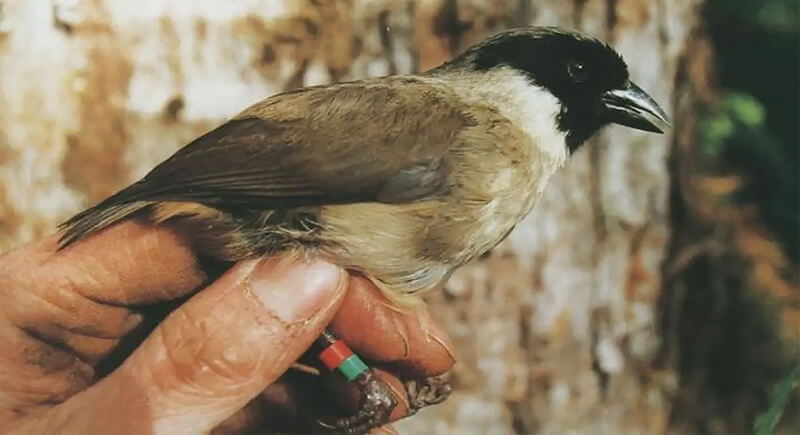
Credit: Facebook
The small Hawaiian honeycreeper had a masked face and a tragic fate. Discovered in the 1970s, this bird was already in trouble, thanks to habitat destruction and disease-carrying mosquitoes. Conservationists launched desperate rescue efforts, even trying to find a mate for the last three known individuals, but they couldn’t convince them to breed.
Achatinella apexfulva (Hawaiian Tree Snail)
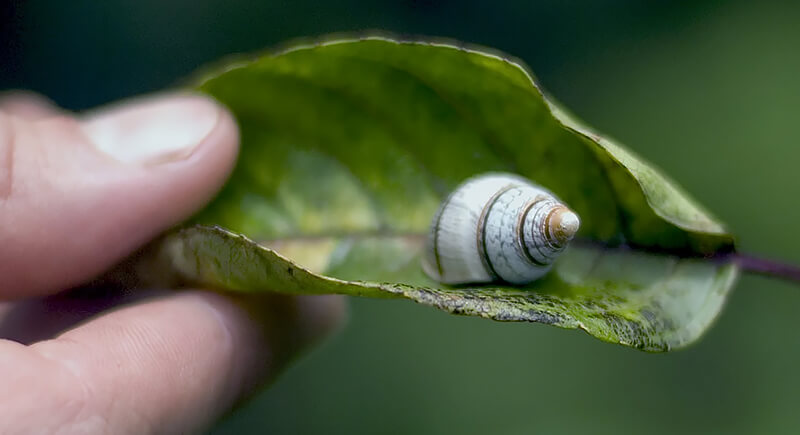
Credit: Reddit
This snail was the first land snail ever recorded in Hawaii, so its extinction was a full-circle moment, but not in a good way. They were once everywhere, but habitat loss and invasive predators like rats and chameleons killed them off. The last known individual, “George,” lived alone in captivity until he passed away in 2019.
Spix’s Macaw

Credit: Reddit
This bright blue parrot inspired the animated movie Rio, but its real-life story didn’t have a happy ending. Native to Brazil, the Spix’s Macaw vanished because of illegal pet trade and habitat destruction. Conservationists have been breeding them in captivity, and if all goes well, they could make a comeback.
Jalpa False Brook Salamander
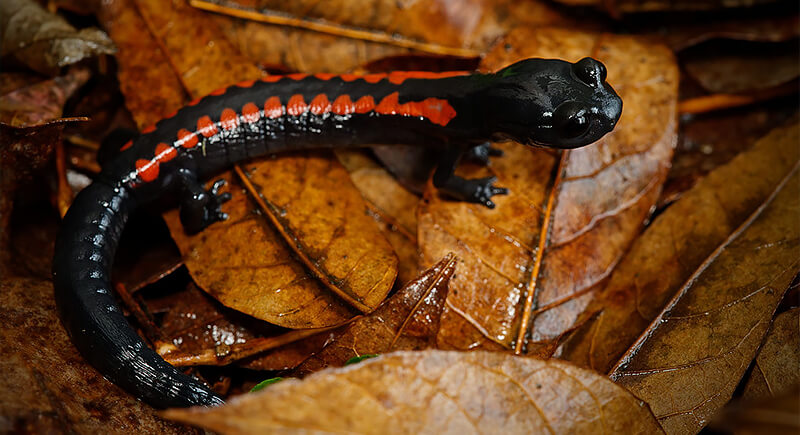
Credit: flickr
The Jalpa False Brook Salamander lived in damp, decaying logs and bromeliads. Unfortunately, it lost its natural habitat to logging and livestock, which led to a dramatic population decline. It was last seen in 1976, and despite extensive searches, no individuals were found until it was declared extinct in 2019.
Lost Shark

Credit: Instagram
The Lost Shark lived up to its name in the worst way. Scientists believe overfishing wiped it out before anyone even realized it was a separate species. Talk about bad luck. No specimens have been seen for decades, meaning it likely disappeared before it could be appreciated.
Christmas Island Whiptail-skink
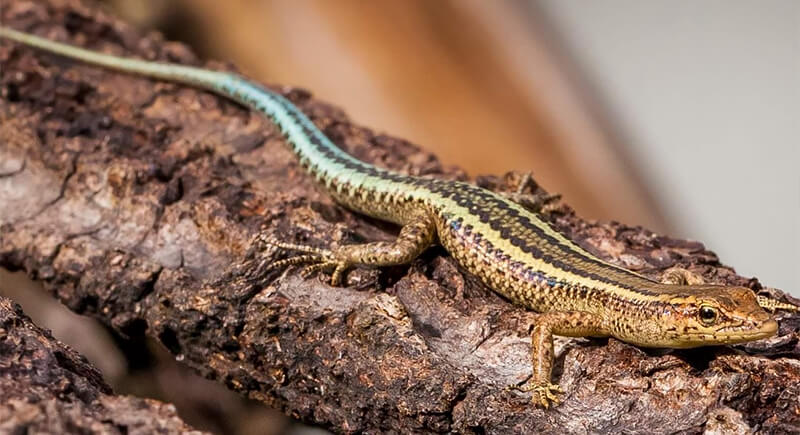
Credit: Instagram
The Whiptail-skink was once a common sight on Christmas Island, an Australian territory in the Indian Ocean. But despite its once-abundant presence, the species experienced a rapid decline starting in the 1990s. By 2008, it was found at only one site, and the last known individual, affectionately named Gump, died in captivity.
Splendid Poison Frog
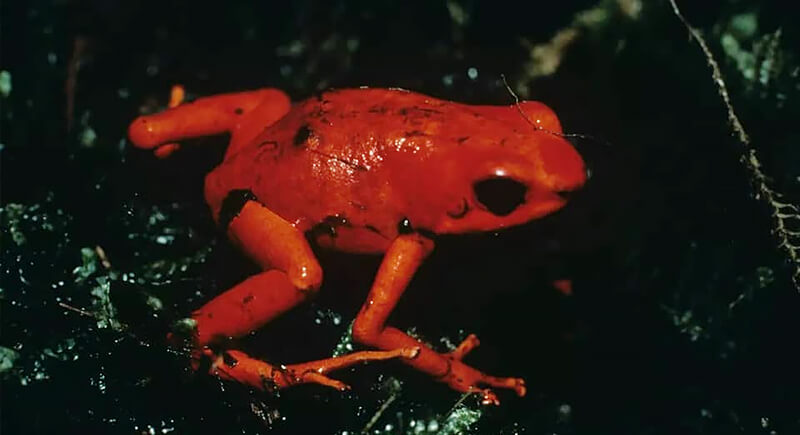
Credit: Facebook
This tiny, brightly colored frog from Panama was as flashy as its name suggests. But flashiness couldn’t save it from habitat destruction and disease. The deadly chytrid fungus wiped out entire populations of amphibians across Central America, and the Splendid Poison Frog was one of its casualties.
Lake Lanao Freshwater Fish Species
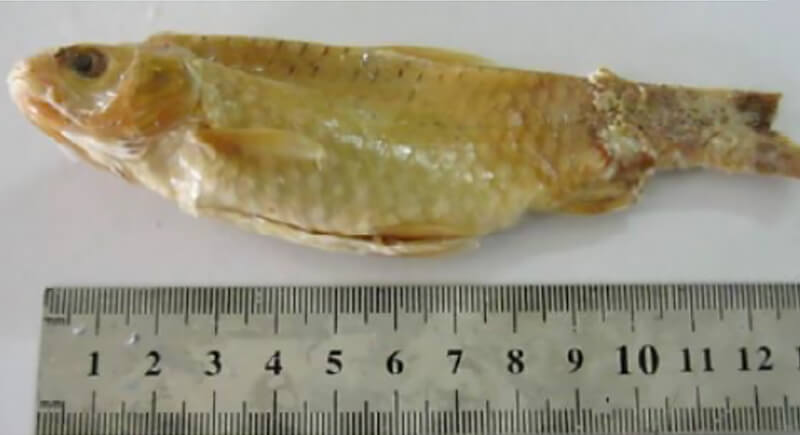
Credit: Facebook
Lake Lanao in the Philippines was once home to an incredible variety of freshwater fish. They were a key food source for local communities. Now, many of them are gone. Several species were wiped out due to overfishing, invasive species, and habitat destruction. By 2020, multiple species were officially declared extinct.
Cryptic Treehunter
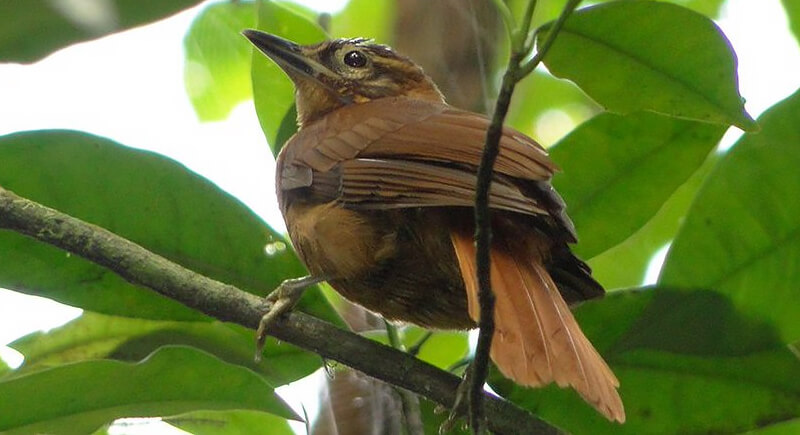
Credit: X
The cryptic treehunter was adored for its bulkier bill and unique vocalization pattern. Unfortunately, its existence was short-lived in scientific records. The species was last observed in 2007, and despite extensive searches, no further sightings have been reported until its official extinction in 2018.
Mountain Mist Frog
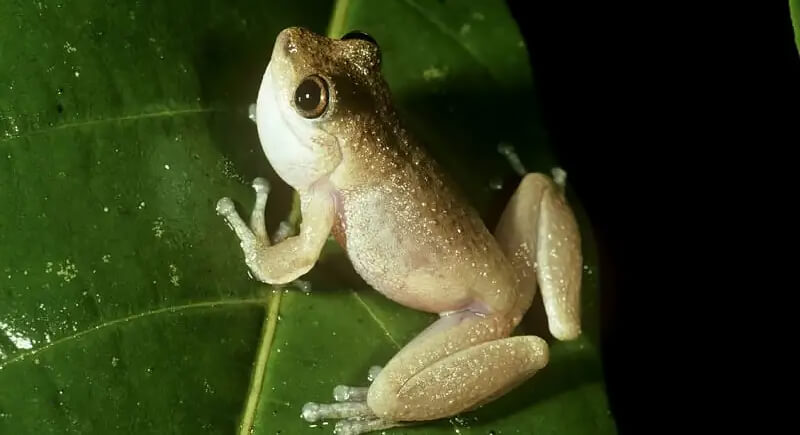
Credit: Reddit
The Mountain Mist Frog had a poetic name, but its disappearance was anything but. Found in Australia’s upland rainforests, it relied on cool, misty conditions to survive. Climate change and disease took that away. Chytrid fungus killed off the remaining populations; by 2021, it was considered extinct.
Chinese Paddlefish
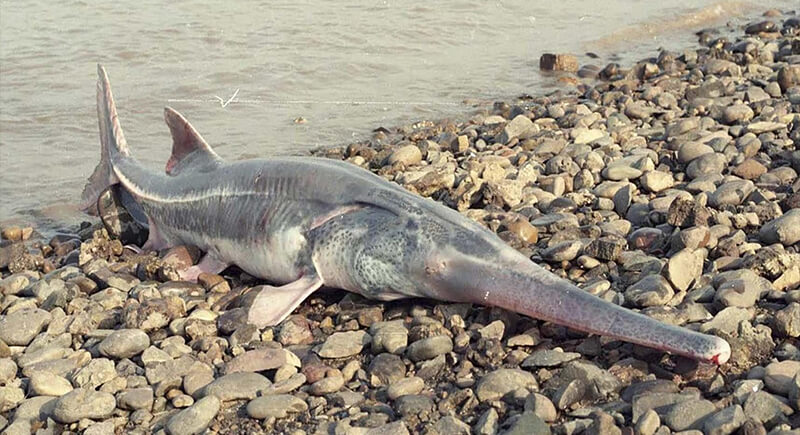
Credit: Reddit
The Chinese paddlefish, often called the “panda of the Yangtze,” is one of the world’s largest freshwater fish. This ancient species has existed for over 200 million years, meaning it swam alongside dinosaurs. Unfortunately, it was declared extinct in 2020 due to overfishing and habitat fragmentation from dam construction.